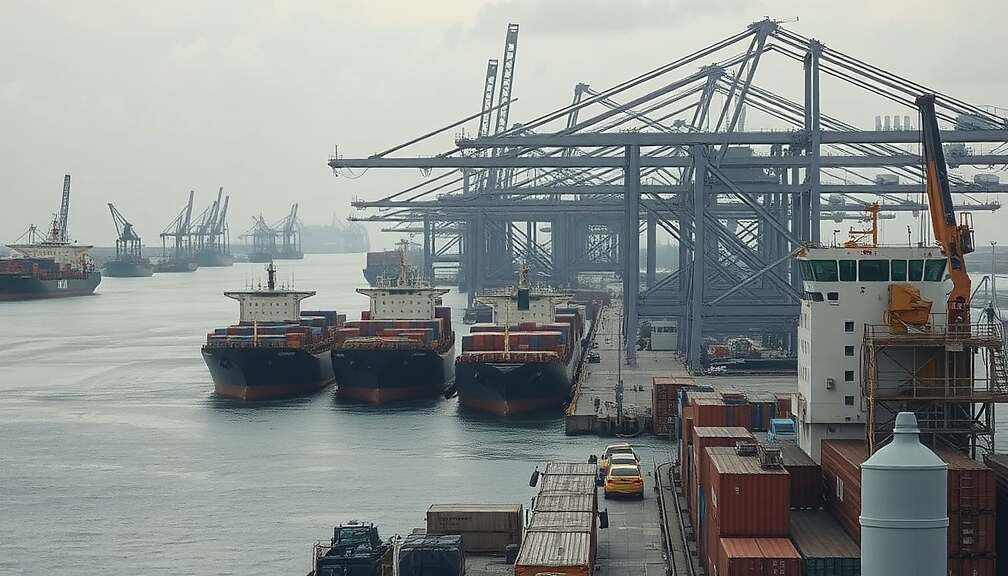German import prices registered a modest decline in September 2025, falling by 1.0 percent compared to September 2024. While August 2025 saw a steeper drop of -1.5 percent year-on-year, the trend suggests a gradual stabilization following a period of considerable price volatility. Monthly, import prices edged upwards by 0.2 percent from August 2025, indicating renewed inflationary pressure despite the overall yearly decline. Export prices, conversely, experienced a rise of 0.6 percent year-on-year, a trend relatively flat when considering the August 2025 comparison.
The most significant driver behind the drop in overall import prices was the ongoing weakness in energy markets, with prices down 11.0 percent compared to September 2024. This continued deflationary effect on energy imports-particularly for crude oil, natural gas and electricity-masks underlying inflationary pressures in other sectors. Excluding energy, import price changes were minimal, rising a mere 0.1 percent year-on-year and month-on-month.
However, the rise in consumer goods import prices-up 1.1 percent compared to September 2024-is a worrying sign. Within this category, staple food items have borne the brunt of inflation, with significant price increases for hazelnuts, coffee, beef, poultry and orange juice. These increases, while slightly moderated month-on-month, will undoubtedly erode consumer purchasing power and increase pressure on social welfare programs. The reliance on relatively cheap imported food has become a vulnerability, highlighting the fragility of Germany’s food security.
The export price increases, particularly in consumer goods, are impacting Germany’s competitiveness in global markets. Rising costs for exported coffee, for example, suggest a squeeze on export-oriented businesses and a potential shift in trade balances. The decline in exported energy prices, while contributing to lower overall export values, could also signal underlying structural issues within Germany’s energy sector and challenges in transitioning towards renewable sources.
The divergence between falling import prices (driven by energy) and rising export prices reveals a complex and potentially destabilizing economic landscape. While consumers benefit from cheaper energy, businesses face increased costs and reduced margins. Policymakers face a difficult balancing act-how to stimulate domestic demand without fueling inflation while simultaneously supporting export-reliant industries struggling with mounting pressures. The persistent weakness in energy import prices also raises questions about the sustainability of Germany’s energy policy and its dependence on global energy markets. Further scrutiny of the underlying drivers of these price movements is crucial to formulating effective, long-term economic strategies.












